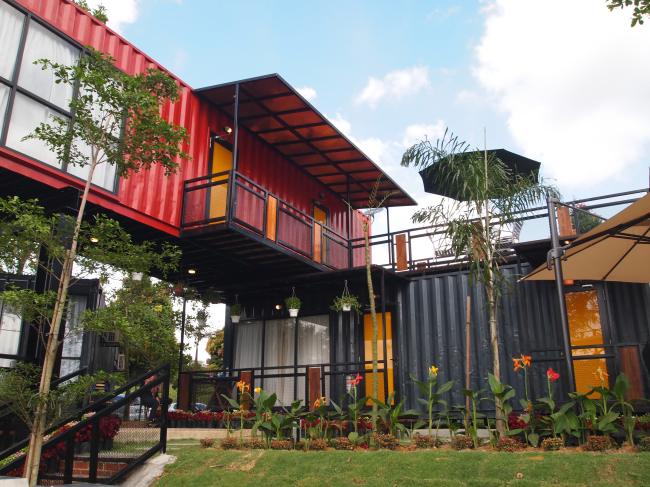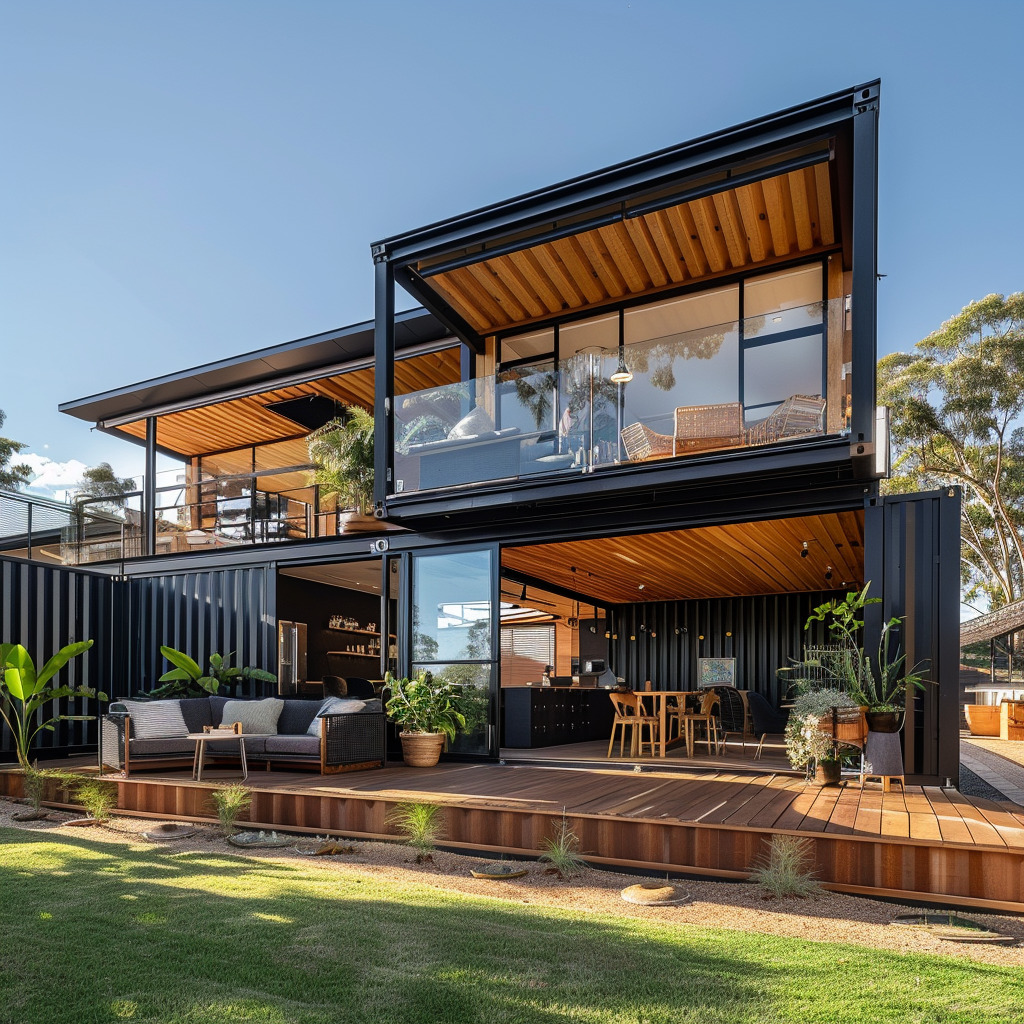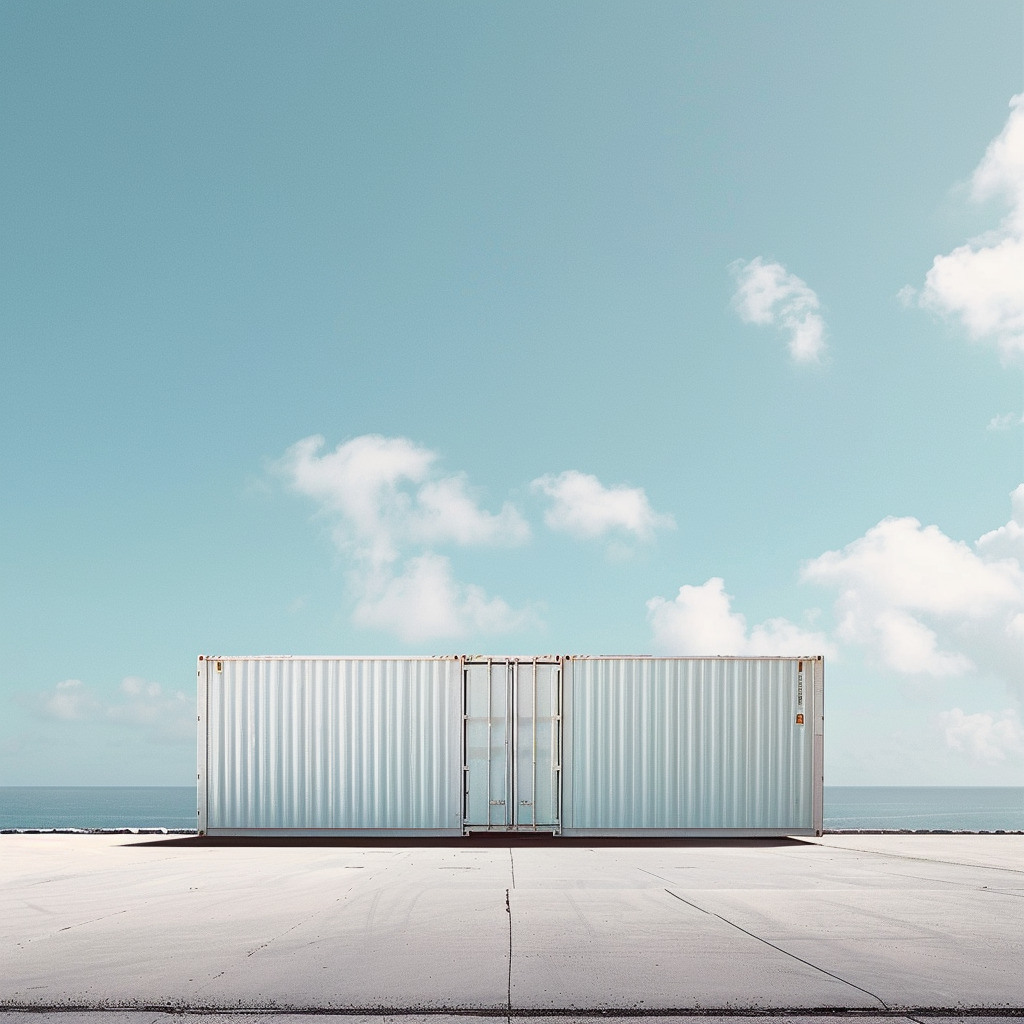As affordable housing becomes more difficult to find in many places and more people seek alternative paths to home ownership, container homes have emerged as an exciting new option.
Whether you’re looking for a more affordable home, an eco-friendly lifestyle, or the freedom to design a totally customised living space, a shipping container home could be right for you.
In this guide, we’ll break down everything you need to know about shipping container homes.
What are shipping container homes?
Shipping container homes are dwellings made by repurposing one or more shipping containers. Shipping containers, built for transporting goods of all kinds on ships, trains, and trucks, are made of durable, weather-resistant Corten steel.
Many of these containers are only used once because it is less expensive to sell or repurpose them than it is to ship empty containers back to where they came from. New or “one trip” containers can be sold and repurposed as prefab building materials.
These basic building blocks can be used to create homes of all shapes and sizes. Homes can be built using a single container or multiple containers outfitted with other structural elements and traditional building materials to create more living space and functionality. You can create a standalone tiny house, or massive, multi-level structures, depending on your needs.
The process of converting shipping containers into a home includes drawing up building plans with an engineer, obtaining necessary permits and approvals, placing containers on a foundation or footings, welding them together, modifying them with windows and doors, and outfitting them with electrical wiring, plumbing, ventilation, flooring, and insulation.
What kind of shipping container can be used for homes?
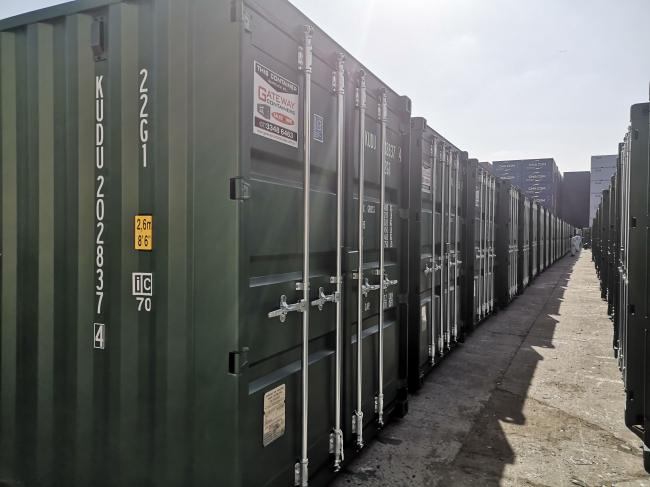
Shipping containers are most commonly found in two sizes:
- The 20 ft shipping container that measures 609.6 cm in length, 243.84cm in width, and 259.08 cm in height
- The 40 ft shipping container that measures 1219.2 cm in length, 243.84 cm in width, and 259.08 cm in height
The smaller of the two equals about 14.86 square metres, while the larger container gets you 29.73 square metres. In order to comply with the Australian Building Code, your containers must have an internal height of at least 2.4 metres; “high cube” containers will fit this purpose, as they have a height of 2.7 metres.
When it comes to using shipping containers to make a home, newer is better. Go for new or “one trip” steel containers, as used containers can sometimes get worn out and lose their water and weather resistance. Make sure to watch out for shipping containers labelled “as is,” because these may be older, or sustained more use.
Shipping containers can be modified with windows, doors, and more to suit your needs.
The benefits of using shipping containers for homes
Shipping container homes have grown in popularity for a number of reasons.
Sustainability
Shipping container homes are especially popular among people who are fans of sustainable living. Many people are attracted to the idea of using recycled materials to build their dream home. There are millions of unused shipping containers all over the world, and using them to build a home can also cut down on the need for other materials like lumber.
Cost
Depending on the size and scale of your building plan, a shipping container home can be less expensive than buying a traditional house or flat. Prices vary depending on the container so it would be best to get in touch with experts like Gateway to get a quote. The total cost of modifying and installing your containers, and outfitting the home with electricity, plumbing, heating, and ventilation will vary as well, depending on the scope of the project. Still, it’s entirely possible to construct a complete container home for less money than an existing home or conventional build.
Turnaround Time
While there is certainly a lot of work involved, shipping container homes can be significantly faster to construct than a traditional house. A shipping container home can be move-in ready in a matter of weeks.
Durability
Shipping containers are built to travel on cargo ships, so they are extremely durable. Shipping containers are weather resistant and built to withstand high winds, making them appropriate even for places with extreme weather conditions. This means that your container home can resist damage and last for years to come with regular maintenance.
Freedom
Finally, shipping container homes are extremely versatile and customisable. Whether you want to live off the grid, or build a home that feels unique to you, a shipping container home can help you make it a reality.
Shipping container home ideas
When it comes to shipping container home design, the sky is the limit.
Lovers of the simple life can downsize and build a custom tiny house for low-waste, minimalist living.
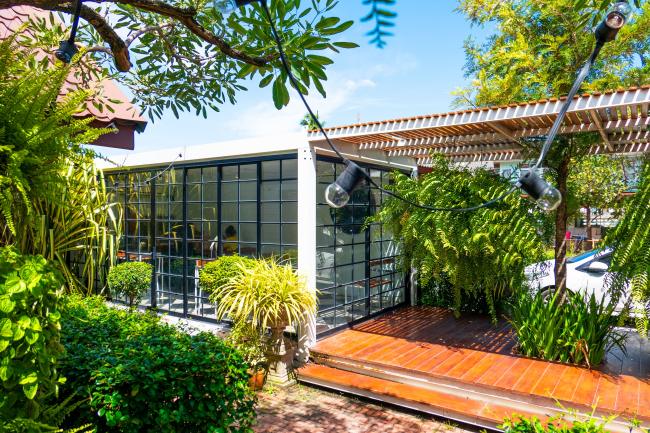
Shipping containers can be stacked one on top of the other to create a two, or three-storey home. You can stack a smaller container on top of a longer one to create an upper level patio; or vice versa to create a cantilever-style overhang. The rooftop space can be used as a deck, or even a green roof covered in plants.
Containers can also be used to create expansive structures of different sizes. By breaking down walls, multiple containers can be joined together to create spacious, open-concept interiors.
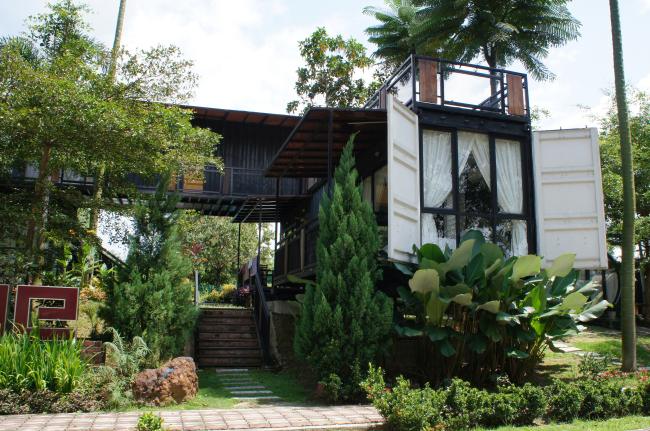
How to decorate and furnish your shipping container home
One of the best things about shipping container homes is they are essentially a blank slate, ready to be transformed in whatever fashion you choose. While many shipping container homes are decidedly low on space, that doesn’t mean they’re short on comfort and style.
With some creativity, you can maximize your space and create a home that expresses your unique taste. Whether you dream of a home that feels modern and industrial, upscale and luxurious, or cosy and traditional, your container home can be designed for any aesthetic.
Built-ins: If you’ve opted for a tiny home or small structure, make the most of your space with built-in furniture. You can build sofas or bench seating into the walls of your container home, or build wall-mounted desks and dining tables.
Sliding doors: Sliding/barn doors are ideal for shipping container homes because they don’t take up as much space as traditional swinging doors.
Built-in storage and multifunctional pieces: If your space is on the smaller side, you need your furniture to serve multiple purposes. You might build storage space underneath your bed or seating, or build shelves and cabinets into the walls to maximise space.
Utilise vertical space: In a small home, no space gets wasted. To take advantage of your vertical space, add a loft for sleeping or for storage.
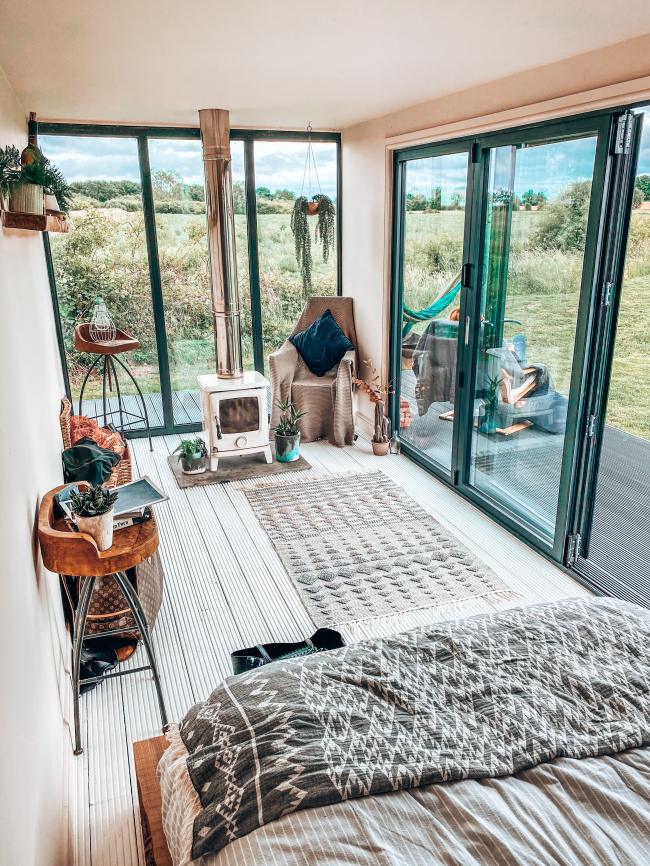
Natural light: Use windows, ceiling windows, and mirrors to take advantage of natural light and make your space feel airy.
Plants: Plants are a great way to add life and colour to your space. They help purify the air, and can even boost your mood. Plants can also lend an organic feel to balance out the boxy, right-angle filled look of a container home. Snake plants, succulents, and pothos plants are easy to care for.
LEDs: LED lights are cost-effective and easy to install, and can be used to create custom lighting schemes in your home.
Lose the clutter: When you go to the trouble of building your customised dream home, you don’t want to fill it with useless clutter. Fill your container home only with the things you need and love. Whether it’s art, books, kitchenware, or sentimental keepsakes, every item in your home should have a purpose – the rest can go.
Essential items you need for your shipping container home
Before you can begin construction on your container home, you’ll need to look into your local council’s permit laws. Once you have your plans and necessary permits in place, you’ll need to outfit your containers with the necessary modifications to make them into a home. To build a shipping container home, you will need:
- Building plans
- Permits
- Windows and doors
- Foundation
- Flooring
- Insulation
- Ventilation, electricity, plumbing
- Lighting
- Furniture
- Appliances
Before building a shipping container home, bear in mind that you will also need land on which to build or place your shipping container home, and outfit it with proper plumbing, electricity, and other amenities to make it habitable.
Where to get a shipping container?

For those looking for an alternative to traditional home buying, a shipping container home can be a great solution. With a little time, work, and money, you can create the perfect home for you and your family.
Most shipping containers are made in China but are sold all over the world. Be sure to buy from a reputable supplier, like Gateway, who can verify the history and condition of the containers. Contact our friendly team today to discuss your needs and start your journey of building and owning a shipping container home.
